Tomb 69
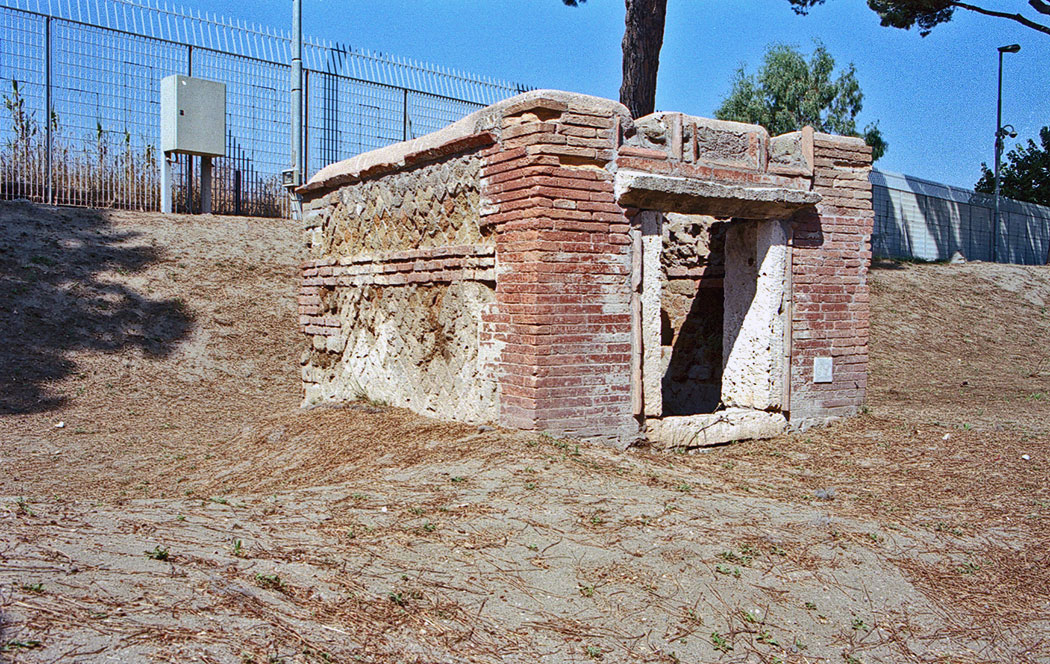
Tomb 69: the benches are buried under the earth again.
 Tomb 69 is one of the tombs that are furthest away from the Via Severiana. The grave lies behind tomb 87.
Tomb 69 is one of the tombs that are furthest away from the Via Severiana. The grave lies behind tomb 87.
Before the building of the latter, there used to be a passageway to the main street.
In spite of the small measurements, there were klinae in front of the entrance. The entrance was turned towards the street. Between the benches is a small, rectangular base, probably used as support for a table. Alongside the side walls were benches of brick. Like the walls of the burial chamber, the whole was painted red.
The burial chamber was equipped for cremation burials.
The roof and floor are missing, as is the inscription.
No investigations beneath the floor, which was presumably made of marble plates, have been undertaken. Therefore we do not know whether formae were created or not in the event of reuse.
On the left side of the klinae a tomb "a cassone" was built later on.
Tomb 69 dates back to the time of Trajan.
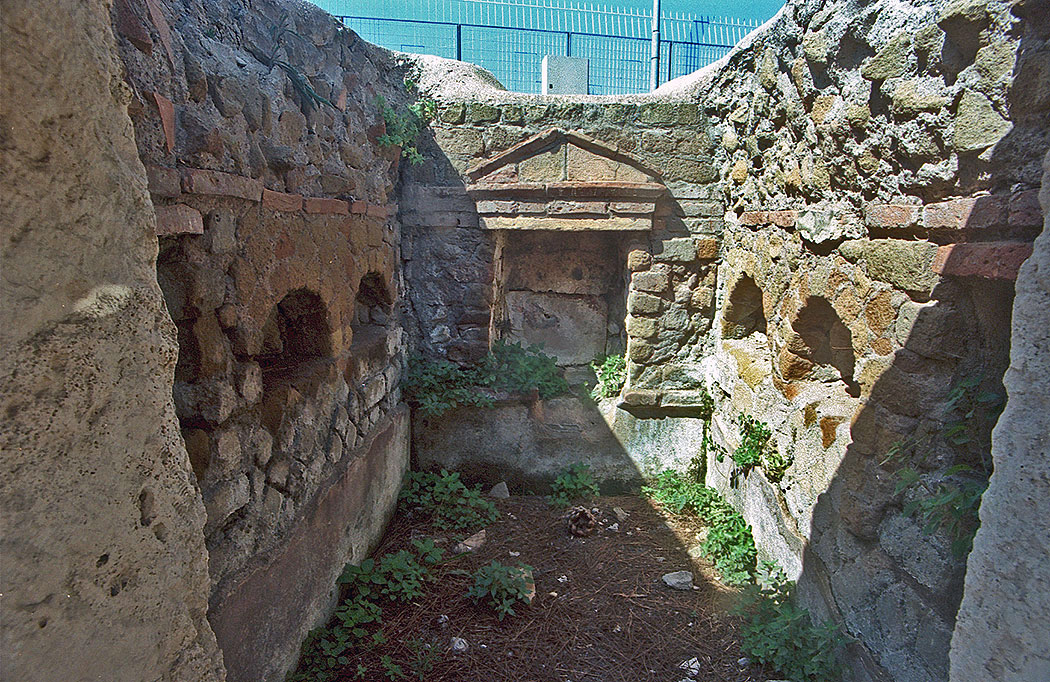
- Sources
- Russel Meigs - Roman Ostia, At the Clarendon Press 1973
- Guido Calza - Necropoli nell'Isola Sacra'(1940)
- Dr. Jan Theo Bakker.
- Hilding Thylander - Inscriptions du port d'Ostie (Lund C W K Gleerup 1952).
- Ida Baldassarre, Irene Bragantini, Chiara Morselli and Franc Taglietti - Necropoli di Porto, Isola Sacra (Roma 1996).
Waardeert u ons werk?
Wordt lid van Roman Ports en ontvang het boek of doe een donatie!
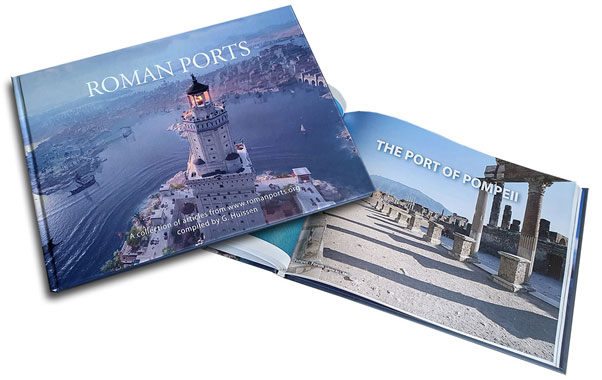 Wordt lid en steun ons
Wordt lid en steun ons
Isola Sacra Index (N)
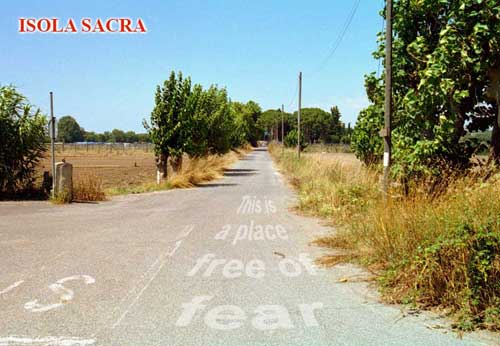
Speciale sectie over de Romeinse begraafplaats van Portus (Engels)....
Lees meer...De teruggevonden vloot van Pisa

In 1998 werd bij toeval een ongelooflijk archeologisch erfgoed ontdekt in de buurt van het station Pisa San Rossore....
Lees meer...Leptiminus
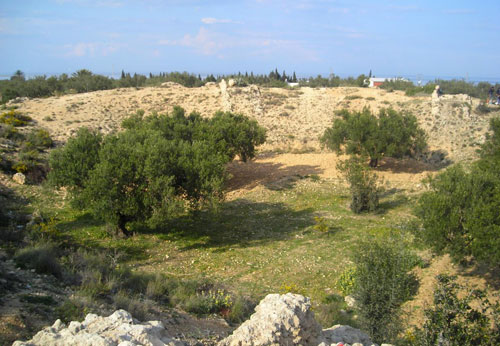
Op de plaats van het huidige Lamta aan de oostkust van Tunesië lag al in de oudheid een havenstad met de naam Leptis Minor ....
Lees meer...Romeins Zeehandelsrecht

Het Romeinse recht is het fraaiste monument dat Rome aan West-Europa heeft nagelaten....
Lees meer...Sullecthum (Salakta)

In de Sahel, in de Tunesische provincie Madhia vinden we aan zee het kleine stadje Salakta....
Lees meer...
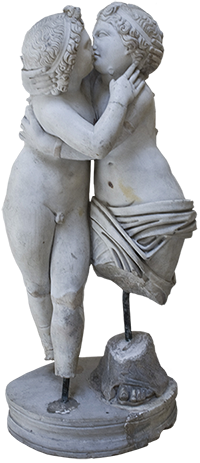 We are committed to providing versions of our articles and interviews in several languages, but our first language is English.
We are committed to providing versions of our articles and interviews in several languages, but our first language is English.